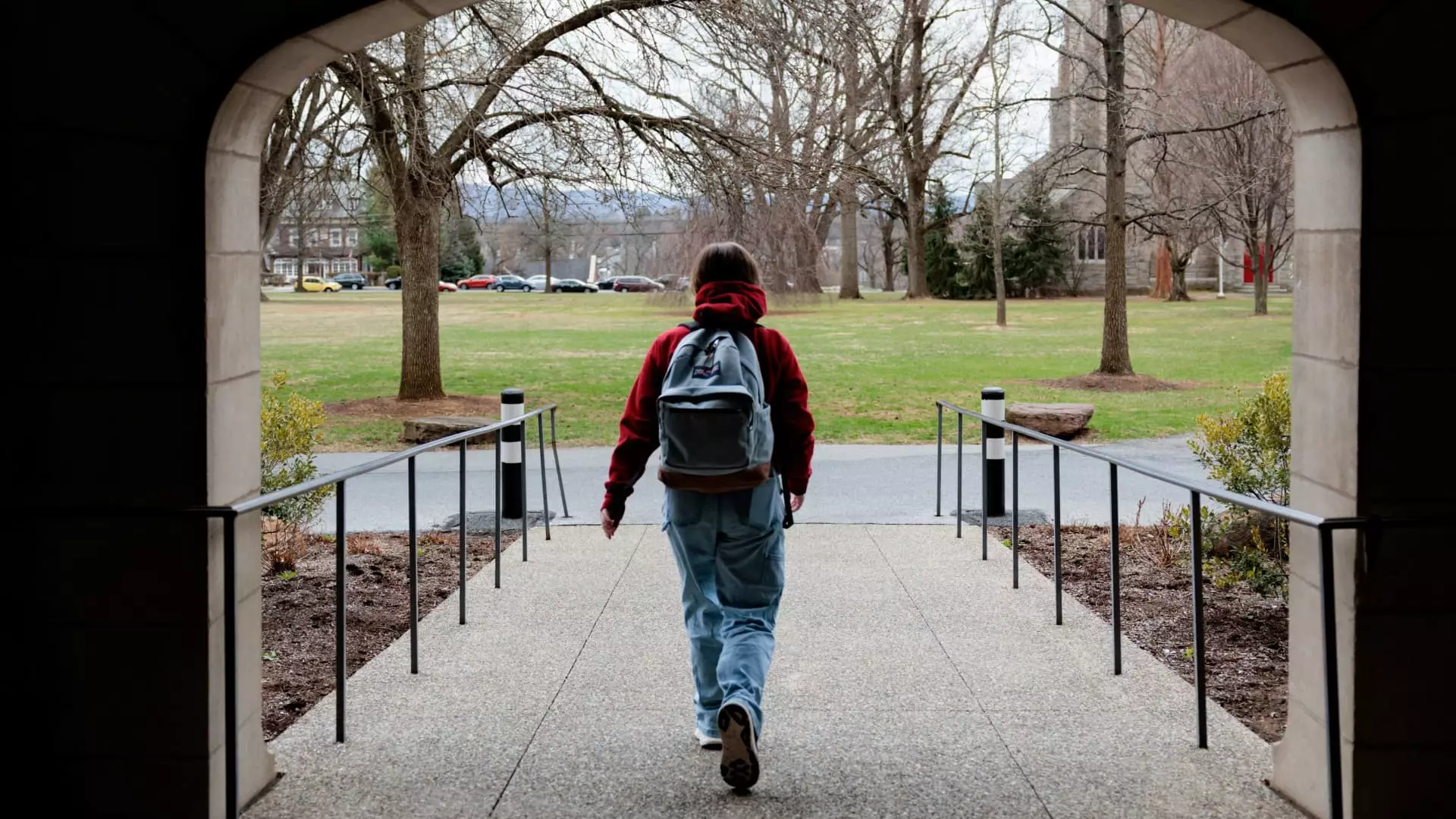For millions of federal student loan borrowers, the impending expiration of the interest-free pause signals a return to financial uncertainty—an unwelcome reminder that the promises of temporary relief often mask deeper systemic flaws. The Biden administration’s introduction of the SAVE plan initially appeared as a bold step toward making higher education more accessible, promising reduced costs and manageable payments. Yet, the reality is far more complex, and the short-lived policies have merely deferred an inevitable debt burden that many can ill afford.
This pause—initially framed as a generous measure—was, in essence, a temporary shield rather than a solution. It concealed the underlying fragility of the student loan system, which relies heavily on government intervention to mask its deficiencies. Once the forbearance ends, unpaid interest will accumulate again, exacerbating debt loads for students already burdened by a lifetime of financial strain. The failure to create sustainable repayment mechanisms is glaring, highlighting how policymakers continue to underestimate the long-term consequences of student debt.
The Political Battles That Betray Borrowers
The political landscape surrounding student loans reveals a troubling pattern: ongoing ideological battles overshadow the urgent needs of borrowers. The Trump administration’s characterization of the SAVE plan as “illegal” and the subsequent legal challenges cast a long shadow over the region’s commitment to educational affordability. These showdowns serve political ends more than they serve the interests of real students. Instead of prioritizing effective reforms, the government has oscillated between bureaucratic obfuscation and empty promises.
This divisiveness feeds into a broader misalignment—a failure to recognize that education is a social good, not merely a commodity to be defended or dismantled based on partisan lines. The reliance on lawsuits and administrative delays only prolongs the financial agony of millions, emphasizing how political posturing often takes precedence over meaningful, equitable policy solutions. The end of the forbearance should be a wake-up call for a future where student debt is addressed holistically, not weaponized for ideological gain.
Limited Options, Limited Accountability
When the interest-free pause lifts, borrowers face a vexing dilemma: the lack of viable, accessible repayment options. The current system offers only one meaningful alternative—the Income-Based Repayment plan—an inadequate bandage for a gaping wound. While designed to make payments more manageable, these plans do little to address the root problems—skyrocketing tuition costs, insufficient public funding for higher education, and ineffective financial literacy.
Furthermore, the delay in rollout for new repayment programs, such as the promised RAP plan, underscores a failure to proactively safeguard borrowers. By pushing recovery decisions into the future, policymakers effectively sideline immediate action, leaving millions unprepared. The consequence is clear: borrowers will see their debt grow, interest compound, and their financial stability further eroded—all while policymakers pontificate on the necessity of “reform” that remains perpetually out of reach.
The Urgent Need for Systemic Reform
The looming end of the forbearance period lays bare a larger question: will the government take real ownership of fixing a broken system? The current framework merely manages rather than resolves the fundamental issues—exorbitant tuition, inequitable access, and a cycle of debt that hampers economic mobility.
Progressives and center-leaning liberals must recognize that piecemeal solutions—like temporary interest freezes or limited income-driven plans—are stopgap measures at best. True reform demands bold, comprehensive action: dramatically reducing college costs, expanding public funding, and establishing transparent, fair repayment pathways. Without this, the cycle of debt will persist, ensnaring generations of students and taxpayers alike.
The impending end of the interest-free pause signals not just a technical shift but a moral challenge: will policymakers acknowledge the systemic failings and commit to meaningful reforms, or will they permit millions of indebted young people to fall back into a trap of perpetual financial hardship? The choice can no longer be delayed—real change is overdue.


Leave a Reply